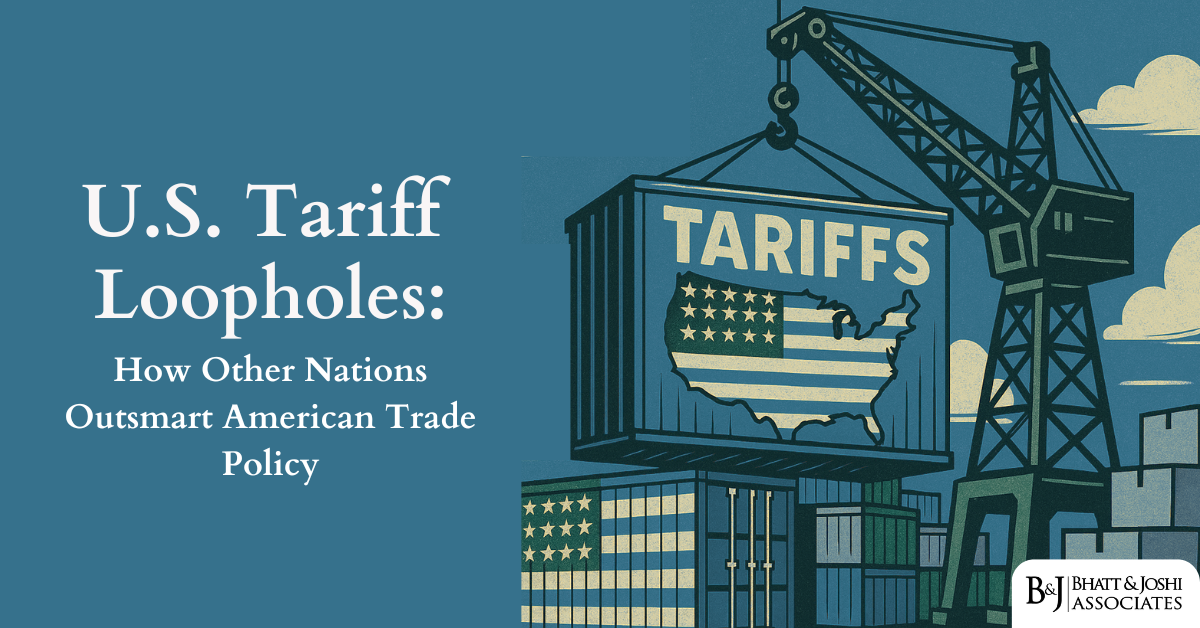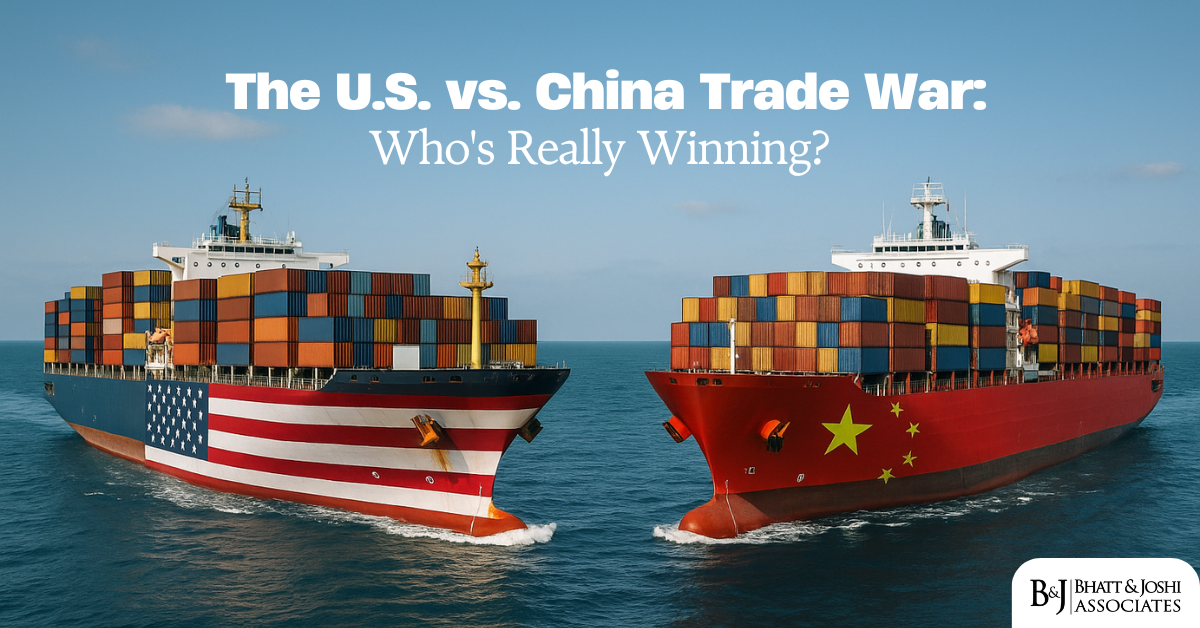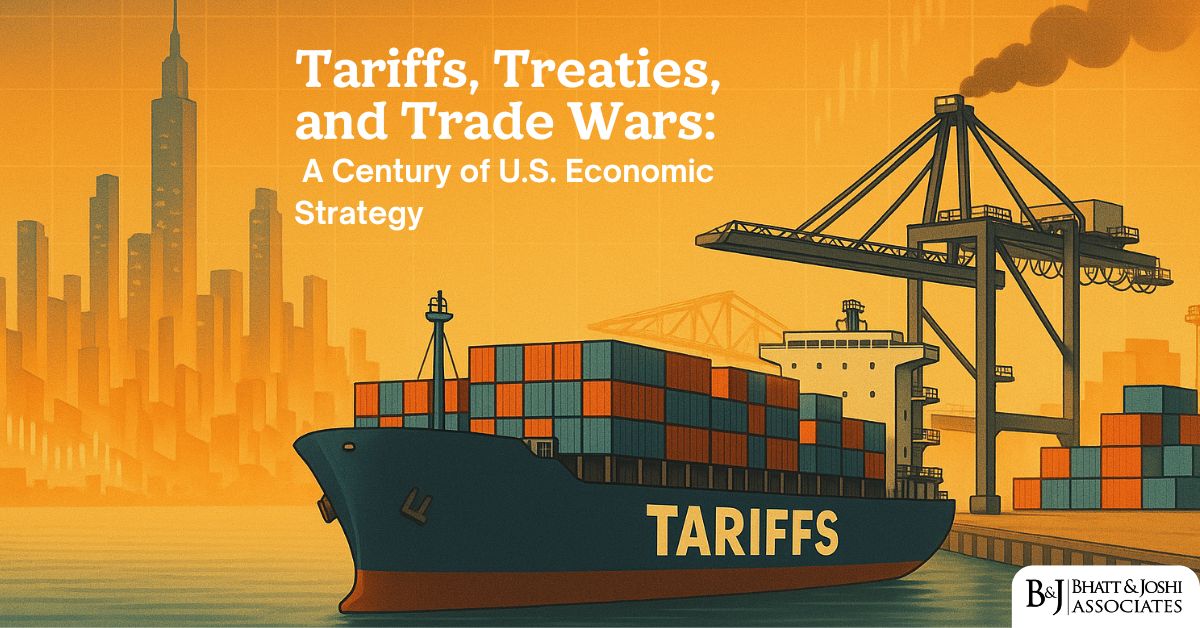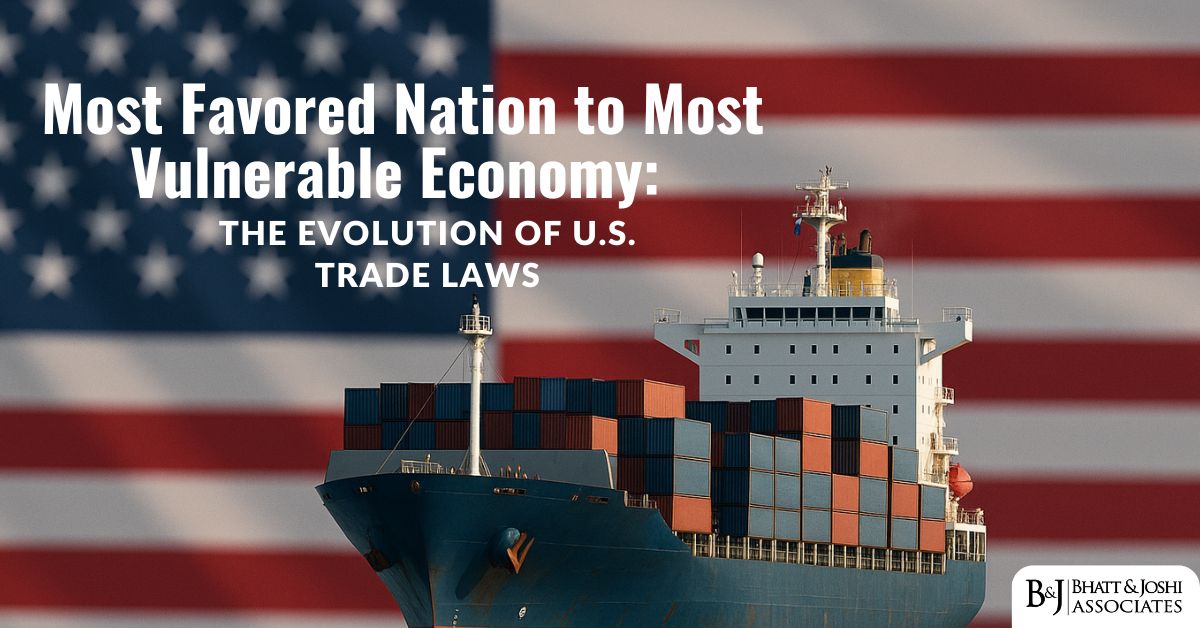Introduction
Despite maintaining some of the world’s most sophisticated trade regulations, the United States faces persistent challenges from countries and companies that exploit loopholes in its tariff system. These U.S. tariff loopholes, ranging from technical classification issues to more complex schemes involving multiple countries, effectively undermine U.S. trade policy objectives and protection measures. Understanding how these loopholes work and why they persist is crucial for evaluating the effectiveness of American trade policy and considering potential reforms.
The exploitation of tariff loopholes has evolved from simple misclassification schemes to sophisticated operations involving multiple jurisdictions, complex supply chains, and creative interpretations of trade rules. This evolution reflects both the ingenuity of those seeking to avoid tariffs and the inherent complexities of regulating modern international trade.
Understanding Tariff Loopholes
Tariff loopholes emerge from the interaction between complex trade regulations, international supply chains, and the practical limitations of enforcement. While U.S. trade laws aim to create comprehensive protection for domestic industries, the very complexity of these regulations often creates opportunities for circumvention. The challenge is compounded by the need to balance effective enforcement with maintaining efficient trade flows.
Modern supply chains, with their multiple stages of production and assembly across different countries, create numerous opportunities for manipulating product origin and classification. What might appear as straightforward regulations on paper become subject to various interpretations and exploitation in practice.
Major Methods of Exploiting Tariff Loopholes
The most significant tariff loopholes currently exploited involve sophisticated manipulation of country-of-origin rules. Companies route products through intermediate countries where minimal processing or assembly occurs, just enough to claim new origin status. This practice has become particularly prevalent in Southeast Asia, where countries like Vietnam and Malaysia serve as transit points for Chinese goods seeking to avoid U.S. tariffs.
The de minimis value provision, allowing duty-free entry for shipments valued under $800, has created another major loophole. Originally intended to facilitate small personal imports, this provision now enables systematic tariff avoidance through the deliberate breaking down of larger shipments into multiple small consignments. E-commerce platforms have made this practice particularly effective and difficult to control.
Industry-Specific Impacts of Tariff Loopholes
The automotive sector provides a clear example of how tariff loopholes affect major industries. Under NAFTA and now USMCA, complex networks have developed to route components through Mexico, where minimal assembly operations qualify finished products for duty-free entry into the United States. While rules of origin requirements exist, creative compliance strategies often allow significant foreign content to enter duty-free.
The technology sector faces similar challenges, with components and assemblies moving through multiple countries to optimize tariff treatment. Taiwan’s role in the semiconductor industry illustrates how technical expertise combines with trade rules to create pathways around tariff barriers. Companies carefully structure their operations to maximize tax and tariff advantages while maintaining access to crucial technologies and markets.
Challenges in Enforcing Tariff Policies
U.S. Customs and Border Protection faces significant challenges in identifying and controlling schemes related to U.S. tariff loopholes. The volume of international trade, combined with the complexity of modern supply chains, makes comprehensive enforcement practically impossible. Limited resources and the need to maintain efficient trade flows further constrain enforcement capabilities.
Sophisticated traders exploit these limitations through careful documentation practices and strategic use of international trade rules. The burden of proving tariff evasion often falls on U.S. authorities, who must navigate complex international regulations and limited access to foreign business records.
Economic Consequences of Tariff Loopholes
The exploitation of tariff loopholes has significant economic implications for the United States. Domestic manufacturers face continued competition from goods that effectively bypass intended protective measures. The revenue loss from avoided tariffs reduces resources available for trade enforcement and adjustment assistance programs.
More broadly, the effectiveness of tariff loopholes can undermine confidence in trade policy as a tool for protecting domestic industries and ensuring fair competition. This may lead to calls for more extreme protective measures, potentially triggering retaliatory actions from trading partners.
Proposed Reforms to Address Tariff Loopholes
Addressing tariff loopholes requires a comprehensive approach combining regulatory reform, enhanced enforcement capabilities, and international cooperation. Proposed reforms include:
Revising de minimis thresholds and implementing stronger controls on small-shipment imports. Strengthening rules of origin requirements in trade agreements to prevent minimal processing schemes. Improving coordination between customs authorities internationally to better track and control transshipment practices.
Strategic Considerations for Tariff Loopholes
Any effort to close tariff loopholes must balance multiple strategic considerations. Overly restrictive measures could disrupt legitimate trade flows and increase costs for U.S. businesses and consumers. International cooperation is essential but may be difficult to achieve given competing national interests.
The rise of digital commerce and increasingly complex global supply chains creates new challenges for traditional tariff enforcement approaches. Future policies must adapt to these changing realities while maintaining effective protection for domestic industries.
Future Policy Options for Closing Tariff Loopholes
Several approaches could help address current vulnerabilities:
Developing new technologies for tracking and verifying product origin throughout supply chains. Creating more sophisticated risk assessment systems to target enforcement efforts effectively. Implementing blockchain or similar technologies to create transparent, verifiable records of international transactions.
However, any new measures must consider the practical limitations of enforcement and the need to maintain efficient trade flows.
Conclusion
The persistence of U.S. tariff loopholes demonstrates the challenges of implementing effective trade policy in a complex global economy. While complete elimination of these vulnerabilities may be impossible, significant improvements are achievable through careful policy design and enhanced enforcement capabilities.
Success requires recognizing that modern trade regulation must evolve beyond traditional tariff structures to address the realities of global supply chains and digital commerce. This evolution must balance protection of domestic interests with maintaining the benefits of international trade.
The future effectiveness of U.S. trade policy will depend significantly on its ability to adapt to changing commercial practices while maintaining meaningful protection for domestic industries. This challenge requires ongoing innovation in both policy design and enforcement mechanisms, combined with strategic international cooperation to address common challenges in trade regulation.














